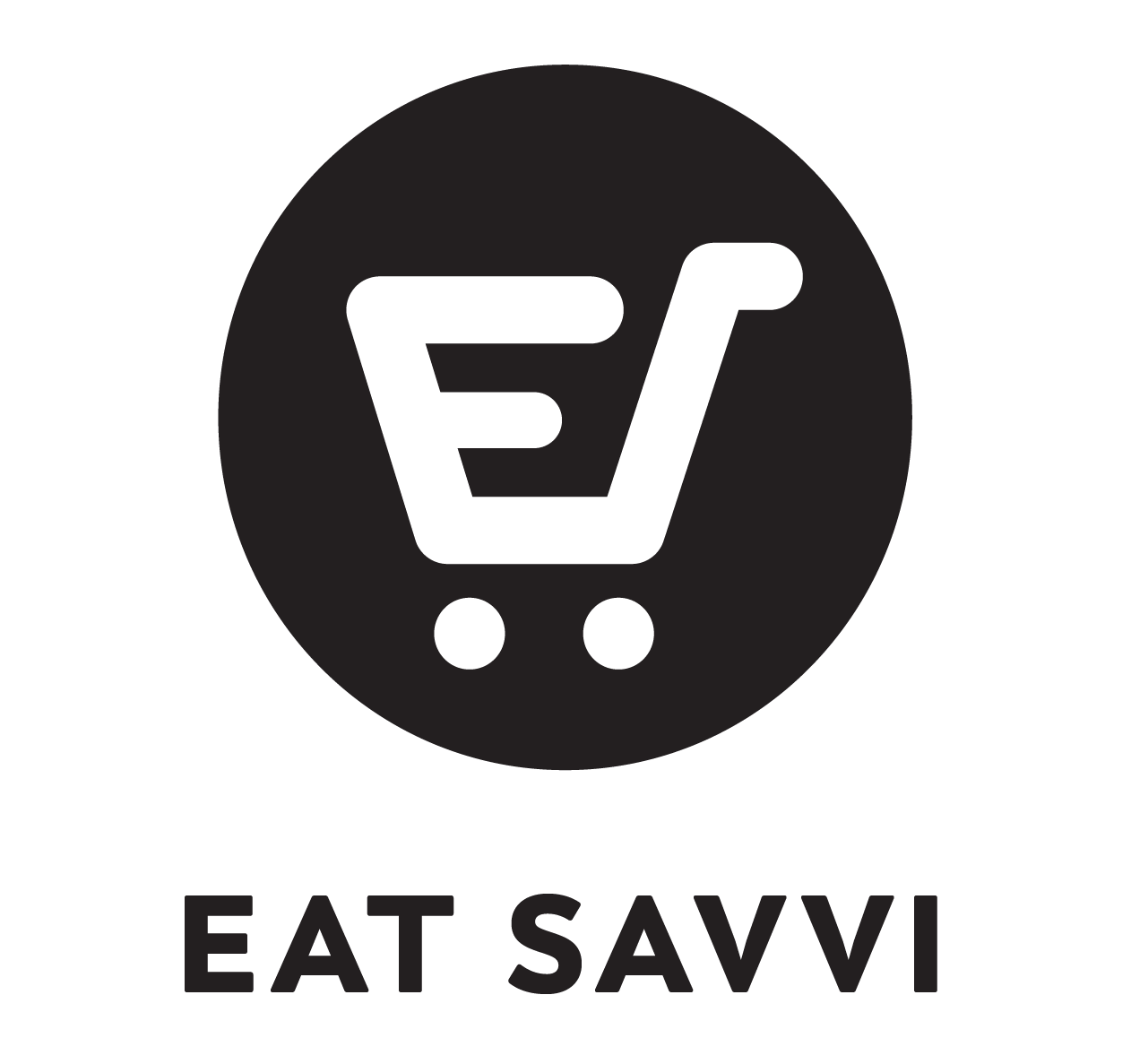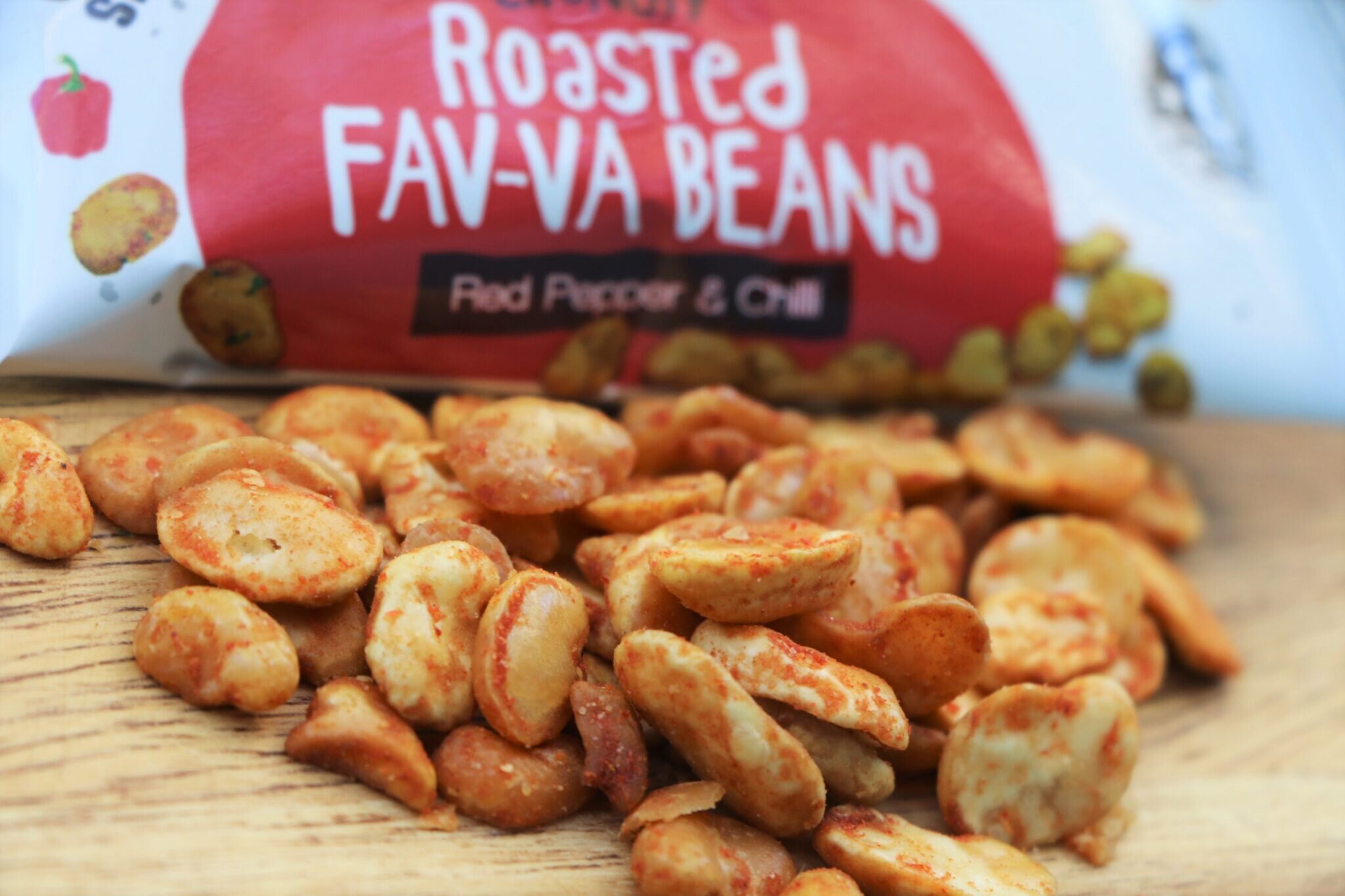What makes a snack healthy? | Product Review: The Happy Snack Company Roasted Fav-va Beans and Chickpeas
This may be a question you often ask yourself when standing in the supermarket aisles, checking the nutrition information and feeling puzzled.
Indeed, it’s not an easy job to find a tasty snack that is also nutritious and packed with a good amount of nutrients. This is because there are lots of things to consider. A very healthy snack needs to meet these criteria:
Good amount of protein and/or good type of fat: to keep you satisfied for a longer time.
Good amount of fibre: that significantly contributes to your daily fibre intake.
Low in salt or sodium: aim for less than 400mg sodium per 100g product.
Low in added hidden sugar.
Portion size: if a snack is portion size controlled, it is even better as sometimes we can easily eat more than we need if it’s in a big bag, even if they are healthy!
Believe it or not, there are so many so-called ‘healthy snacks’ out there that don’t meet one of more of these criteria. Luckily enough, the snack I am going to introduce to you today ticks all the boxes. Today’s snack star is – The Happy Snack Company Chickpeas and Fav-va Beans.
Strong evidence of health benefits
Fava beans and chickpeas belong to the legume family, which we know is significantly beneficial to us based on solid scientific evidence. An increased legume consumption can:
increase the intake of important macro and micronutrients like fibre, protein, folate, zinc, iron and magnesium 1,2;
reduce the risk of chronic disease 3,4,5,7 (CVD and coronary heart disease) with high consumption (3-4 serves per week; 1 serve being ½ cup);
reduce the risk of colorectal cancer 3,6;
increase longevity1 and
improve weight management and increase satiety.
Some background information you may be interested in
I don’t think we are super unfamiliar with chickpeas and broad beans. As a healthy option, lots of people put canned chickpeas in their salad these days. Despite this, you may not know where chickpeas and broad beans grow from. At least I didn’t before I wrote this article. I thought they just grew under the soil like peanuts. It was eye opening to find out that they actually grow in pods on small shrubs! And with chickpeas, each of them is individually elegantly wrapped and protected by an individual pod!
See these long pods, that’s where the broad beans come from.
How fresh chickpeas from individual pods grow mature and take on the familiar look on the supermarket shelf.
So how does it rate?
Nutrition (10/10)
I just could not fault its nutrition profile! Firstly, it comes down to the nature of legume: good amount of protein; great quality low GI carbohydrates providing you with sustained released energy; and very high in fibre – especially prebiotic fibre. Prebiotic fibre plays a very important role in improving our gut microbiota profile which is essential for human health8.
With the company’s thoughtfulness, the sodium content of this product is also very reasonable. Any snack that contains less than 400mg per 100g product is considered low in salt. These products have even less.
Australian Grains & Legumes Nutrition CouncilTM recommends Australians have around ½ a cup of legume (one serve) at least 2-3 times each week9. One small pack of fava bean or chickpea is about 1/3 cup. If you bring a pack to work every day from Monday to Friday, the healthy recommendation could be easily achieved!
Ingredients list (10/10)
All natural and healthy ingredients with no additives! It definitely deserves a 10/10.
Taste (9.5/10)
As you can see from the photo above, the fava beans and chickpeas are roasted to perfection with a very crunchy texture, which will satisfy those who love savoury snacks.
The Happy Snack Company covers a good range of flavours from original, chilli, vinegar to BBQ and pizza flavour. Their products can suit the taste buds of both adults and children.
The only thing I want to mention is that although most of my clients really like the taste, a small number of them find the texture is a bit dry.
Convenience (10/10)
Packaged in a smaller than hand-sized sachet means that you can easily pack it in your handbag, lunch box or even your pocket when you’re out. The pack is designed to be very easy to open as well, which is another little reason why I like it.
Since it’s nut free, you can also pack it for your children in their school lunchboxes.
Availability
This product range is currently available in health aisles in Coles and Woolworths.
My verdict and recommendations
The Happy Snack Company Fava-beans and Chickpeas definitely deserve a regular spot in your pantry. With a great nutrition value all round (protein, good fat, fibre, low sodium and no added sugar), the more The Happy Snack Company you regularly have, the more happy and healthy you could be.
References
Kouris-Blazos, A & Belski, R 2016, ‘Health benefits of legumes and pulses with a focus on Australian sweet lupins’, Asia Pacific Journal of Clinical Nutrition. vol. 25, no. 1, pp.1-17
Marinangeli, CPF, Curran, J, Barr, SI, Slavin, J, Puri S, Swaminathan S, Tapsell, L & Patterson, CA 2017, ‘Enhancing nutrition with pulses: defining a recommended serving size for adults’, Nutrition Reviews. vol. 75, no. 12, pp. 990-1006
Mudryj, AN, Yu, N, Hartman, TJ, Mitchell, DC, Lawrence, FR & Aukema, HM 2012, ‘Pulse consumption in Canadian adults influences nutrient intakes’, British Journal of Nutrition. vol. 108, no. S1, pp. S27-S36
Bazzano, LA, He, J, Ogden, LG, Loria. C, Vupputuri, S, Myers L, & Whelton PK 2001, ‘Legume Consumption and Risk of Coronary Heart Disease in US Men and Women: NHANES I Epidemiologic Follow-up Study’, Arch Intern Med. vol. 161, no, 21, pp. 2573–2578
Sievenpiper, JL, Kendall, CWC, Esfahani, A, Wong, JMW, Carleton, AJ, Jiang, HY, Bazinet, RP, Vidgen, E & Jenkins DJ 2009, ‘Effect of non-oil-seed pulses on glycaemic control: a systematic review and meta-analysis of randomised controlled experimental trials in people with and without diabetes’, Diabetologia. vol. 52, no. 8, pp.1479-1495
Wang, Y, Wang, Z, Fu, L, Chen, Y & Fang J 2013, ‘Legume Consumption and Colorectal Adenoma Risk: A Meta-Analysis of Observational Studies’, PLoS One. vol. 8, no. 6, p.e67335
Marventano, S, Izquierdo, Pulido M, Sanchez-Gonzalez, C, Godos, J, Speciani, A, Galvano F & Grosso G 2017, ‘Legume consumption and CVD risk: a systematic review and meta-analysis’, Public Health Nutr. vol. 2, no. 2, pp. 245-254
Holscher, H 2017, ‘Dietary fibre and prebiotics and the gastrointertinal microbiota’, Gut Microbes. vol. 8, no. 2, pp. 172-184.
Recommended Amount of Legumes https://www.glnc.org.au/grains-2/recommended-amounts/recommended-amount-of-legumes/






